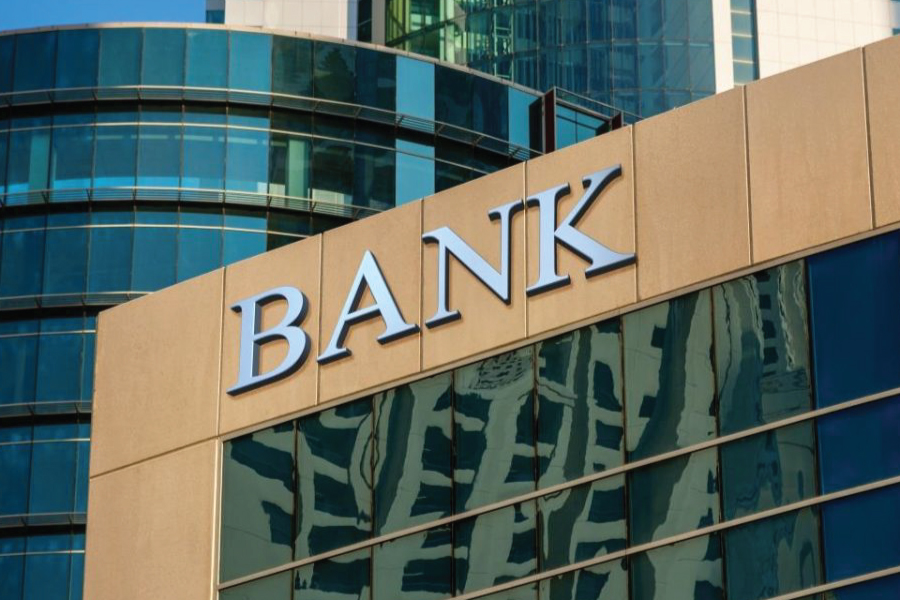Interest rates are on the move. TJL’s Senior Financial Planner Jason Lukjanenko has put together a brief explanation of the reasons why, and what we can expect in the near future.
On the 2nd of July, the Reserve Bank of Australia met to cut interest rates again to record low levels. The official cash rate is now down to 1%.
Interest rate settings are one way the Reserve Bank can influence the Australian economy depending on whether the economy needs stimulus, or is overheating and needs to be cooled down.
The theory is that low interest rates provide a boost to the economy because they encourage more credit and borrowing activity, meaning more money is being spent and invested. When the Reserve bank is concerned about inflation running too high (the target is between 2-3% per annum), they will generally increase rates to discourage additional borrowing and cool down the economy. Of course this also relies on the banks and lenders passing on the rate changes, which they are not required to do.
Low interest rates are good for the housing market and those with mortgages, and the historically low rates of the last few years have contributed to the significant property boom in some capital cities. Conversely, low interest rates are not so good for savers or those that prefer to invest their money in secure options like Term Deposits. This is particularly the case with retirees who like more certainty of income during retirement. The current low rates have led to some retirees investing more heavily in the share market as dividend returns are higher than they would earn by leaving their money in the bank.
Interest rates also influence the strength of the Australian dollar. High interest rates increase demand for the currency, which encourages foreign investment and consequently strengthens the value of the dollar. This benefits businesses who import goods but not those who export, as their customers will look for cheaper options to purchase their products. Low interest rates, on the other hand, tend to decrease the value of the dollar, indirectly energising the economy by allowing Australian companies to be more competitive with cheaper overseas alternatives.
Despite the two rate cuts so far this year, predictions are the Reserve Bank is not done yet with cutting rates. We are likely to see another cut this year and some are predicting an end cash rate of 0.5%. For advice on how to best manage these changes, you are welcome to make an appointment to meet with TJL’s Financial Planning team.
“An investment said to have an 80% chance of success sounds far more attractive than one with a 20% chance of failure. The mind can’t easily recognise that they are the same.” Daniel Kahneman

